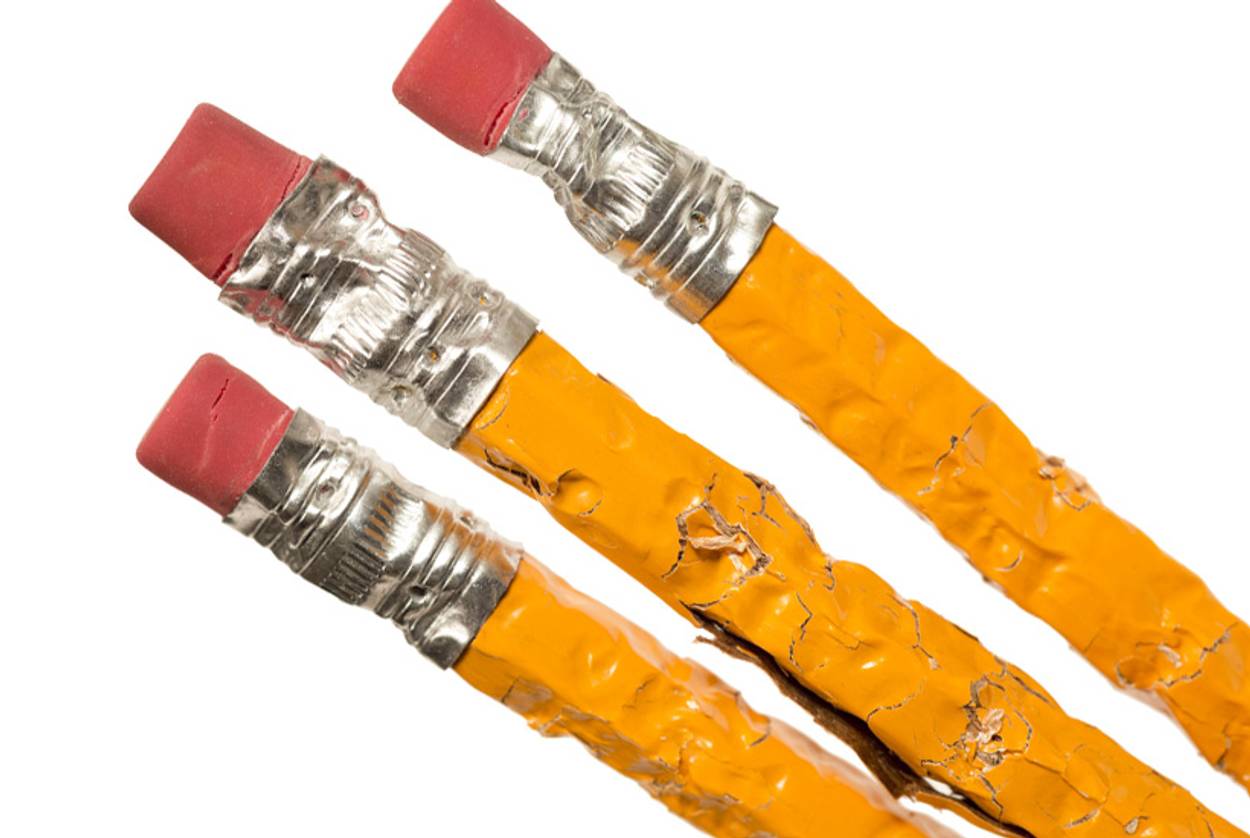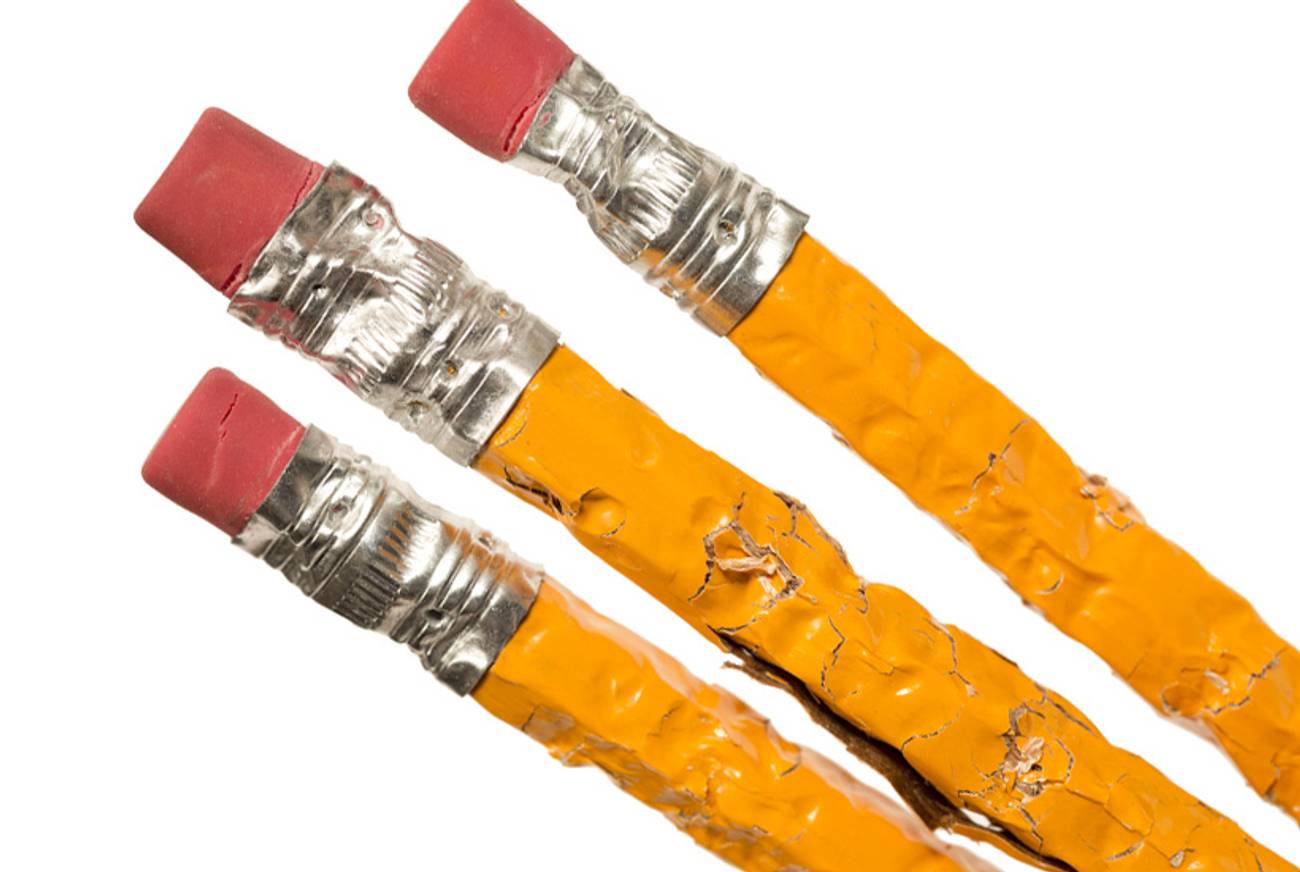Anxiety Is Not Only a Jewish Disorder, Reveals Brilliant and Compassionate New Memoir
Scott Stossel’s ‘My Age of Anxiety’ does for crippling fears what Andrew Solomon’s ‘The Noonday Demon’ did for depression




Jews are supposed to be anxious people—and, one might think, with good reason. Just as even paranoids can have real enemies, so Jewish history suggests that anxiety may be a rational response to a world that is so often hostile and dangerous. Yet America, at least, is not one of those hostile places, and it is here in America that the stereotype of the nervous, neurotic Jew has become most famous. How many people, when they think of Jews, think of someone like Woody Allen—self-thwarted, hyper-articulate, wearing neurosis like a badge of honor? (When scientists discovered a gene associated with fear, it was labeled “the Woody Allen gene” in media reports.) How much Jewish comedy, from the Freudian complexes of Portnoy’s Complaint down to Lena Dunham’s OCD on Girls, depends on the public association of Jews with worrying?
One of the liberating lessons of My Age of Anxiety, the amazingly candid and compassionate new book by Scott Stossel, is that Jews have no patent on anxiety. It is not a parochial problem but a human one, with universal implications for the way we think about our minds and ourselves. Stossel’s own family history makes the point clearly. His father’s family is Jewish, with just the kind of history that one might expect to breed anxiety: His grandparents were exiles from Germany in the 1930s, and Stossel was raised with this part of his background a complete secret, not finding out he was part Jewish until he went to college.
Yet when he comes to examine the sources of his own anxiety, Stossel finds that it is not a legacy from his father’s Jewish family, but rather from his mother’s WASP one. In particular, Stossel comes to identify with his mother’s grandfather, a onetime dean of Harvard College named Chester Hanford. After a successful career at the heart of the American establishment, Hanford broke down in middle age with acute anxiety and depression and spent the last three decades of his life in and out of McLean Hospital, where he was treated with electroshock. “In his darkest moments,” Stossel writes, “he was reduced to a fetal ball in his bedroom, producing what my parents recall as an inhuman-sounding moaning.”
Hanford’s fate proves that anxiety is neither Jewish nor a joke. It is a serious, sometimes deadly affliction, and it has been known to all cultures, though they have interpreted it in many ways. The Ancient Greek physician Hippocrates, Stossel writes, believed that anxiety came from an excess of bile in the brain: “If you cut open the head, you will find the brain humid, full of sweat and smelling badly.” Freud, meanwhile, taught the 20th century to interpret anxiety as the product of repressed desires, especially sexual desires. Today, neuroscience has reverted to the Hippocratic approach, seeing anxiety as essential a dysfunction of the brain—though instead of bile we now blame serotonin levels.
Anxious people make up the natural readership for My Age of Anxiety, and fortunately for the publisher it is not a small group: In 2005, Stossel writes, Americans filled 53 million prescriptions for anti-anxiety drugs like Xanax. But should an anxious person read a book about anxiety? On the one hand, hearing about Stossel’s lifelong struggle might make you feel better about your own situation: As much as you worry, the odds are that you worry a lot less than he does. Probably you have never soiled yourself on an airplane out of anxiety, or—maybe worse—caused a toilet to overflow in the Kennedy compound at Hyannisport. Probably you can speak in public without dosing yourself with tranquilizers and alcohol; probably you don’t dash out of your office in a panic thinking you have suddenly contracted a fatal disease. Stossel, as he makes clear with unsparing honesty, has suffered these indignities and many more, all caused by an anxiety that no amount of medication or psychotherapy can fix.
On the other hand, if you are anxious enough, reading about the depths of Stossel’s anxiety may just make you even more anxious, as you come to realize just how bad things can get. If daily life is like walking on a tightrope over a canyon of fear, reading My Age of Anxiety is like taking a good look down into the abyss: Few people who suffer as much as Stossel would be able to do it, or want to.
The secret of his success, and the book’s, is that he has written something bigger and more helpful than a memoir. Rather, Stossel sets out to do for anxiety what Andrew Solomon did for depression in The Noonday Demon. He offers a comprehensive study of the condition—how people saw anxiety in the past, how scientists and psychologists understand it today, and what if anything can be done to cure it. It is the braiding together of autobiography with science and history that gives My Age of Anxiety its particular power. After getting to know Stossel so well, in these pages, we come to share the existential urgency behind his research. Understanding anxiety is not just another journalistic assignment for him, but a struggle to survive.
Take, just for a start, his emetophobia—the acute fear of vomiting. Stossel writes that although he has not vomited once since 1977, much of his life is structured around the fear of having to. “I have spent, by rough calculation, at least 60 percent of my waking life thinking about and worrying about something that I have spent 0 percent of the last three-plus decades doing,” he observes. Stossel writes that he never leaves the house without carrying Pepto-Bismol and Dramamine; he steals airsickness bags from planes and keeps them in his house, office, and car; he uses the Internet to keep track of viral outbreaks around the world. Any treatment that you can receive for a phobia, Stossel has tried—psychotherapy, medication, hypnosis—but the problem will not go away: “An astonishing portion of my life is built around trying to evade vomiting and preparing for the eventuality that I might.”
From this poisonous root, Stossel writes, his other phobias and anxieties flower. He suffers from Irritable Bowel Syndrome, “a condition characterized by stomach pain and alternating bouts of constipation and diarrhea that most experts believe to be wholly or partly caused by stress or anxiety.” He gets so nervous in competitive situations that, he writes, he has often lost squash or tennis games on purpose just to get them over with. It’s sometimes said that no one suffers from both fear of flying and fear of public speaking—that you have to “choose” one phobia or the other—but, if so, Stossel is the exception.
It would be perfectly understandable if someone who found life so difficult became a shut-in or an invalid. Yet Stossel is, in fact, a strikingly successful man—he is the editor of The Atlantic—and the pattern that emerges in his recollections is that he has never allowed his anxiety to scare him away from new challenges. He is so afraid of public speaking that he goes to a clinic, where he practices delivering speeches to a small audience of doctors; yet he commits to book tours and lectures that he knows will prove to be ordeals. He is deeply phobic about flying, yet we read about him traveling to Europe and around America, for professional and personal reasons; and while the trips are often traumatic, he never decides to simply stay put. As strong as his fears are, his will is even stronger. (If it weren’t so strong, one feels, his life might be a lot easier.)
***
Is it right to talk about anxiety in terms of willpower, as though worrying were a form of weakness? This is the philosophical conundrum that Stossel explores, as he compares psychoanalytic approaches to the illness with biological ones. Freud and his followers thought that anxiety was rooted in early childhood experience, especially in the relationship with one’s parents. Studying children who had become homeless during WWII, English psychologist John Bowlby theorized that a “secure attachment” during childhood was the key to adult mental health. Yet anxiety and other mental illnesses also have a strong genetic component, which suggests that even a good parent could pass along a troubled mind to his or her children.
Things get even murkier when you consider that—as Stossel shows in one of the most detailed sections of the book—modern definitions of mental illness are often driven by the agenda of pharmaceutical companies. From early tranquilizers like Miltown and Valium through antidepressants like Prozac and Paxil, drug companies have often found remedies first and established the “diseases” they cure later. “As recently as 1979,” he observes, “neither panic attacks nor panic disorder officially existed”; today, as many as 11 million people are diagnosed with them. When diagnostic categories are so fluid, how can we tell whether anxiety is a genuine disease or simply a pathological filter through which we view ordinary human experiences?
In the end, My Age of Anxiety is able to offer no simple, satisfying answers. Just as Stossel’s own struggle with anxiety is ongoing, so society’s attempt to define and treat anxiety continues. But this book, by shedding light on how anxiety feels and what it means, shows that even the worst-afflicted can make a genuine contribution to the world. Indeed, Stossel observes, a surprising number of famous athletes, actors, and artists have accomplished great things despite their anxiety: Basketball star Bill Russell, for instance, used to vomit before every game.
Less well-known but still braver is another sufferer Stossel writes about, Giuseppe Roques, the leader of Pisa’s Jewish community during WWII. Roques’s phobia of animals was so extreme that he couldn’t even leave his house. But this fear turned into a kind of bravery when he stayed home to confront the Nazi occupiers of the city, at a time when many others fled. Afraid of so much, Roques was not afraid of the Nazis: “As real danger approached, he appeared to be free of fear.” For Stossel, such stories hold a possible consolation: “In their anxiety lies not just redemption but a source of moral heroism and even, perhaps, a strange sort of courage.”
***
Like this article? Sign up for our Daily Digest to get Tablet Magazine’s new content in your inbox each morning.
Adam Kirsch is a poet and literary critic, whose books include The People and the Books: 18 Classics of Jewish Literature.
Adam Kirsch is a poet and literary critic, whose books include The People and the Books: 18 Classics of Jewish Literature.